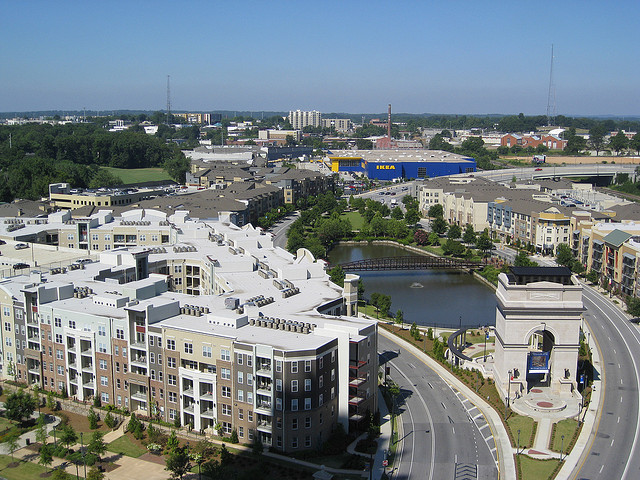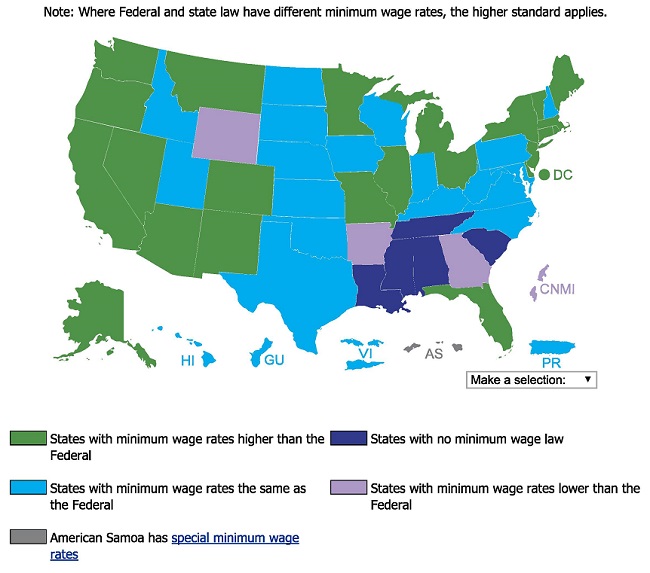Throughout my career in government, academia, and now the private sector, I have been asked if I know how to conduct economic impact studies (or economic impact assessments). I remember accepting my first assignment having not done one since graduate school. I was unfamiliar with the inner workings of the software that I could purchase relatively cheaply and quickly, but I put in the time to learn it, and since then I have produced close to 20 of these reports for various entities, including local governments, not-for-profits, and law firms.
What I continue to find interesting is that economic developers, real estate folks, and government officials (who I will call “stakeholders”) love having these reports. Some of these reports get lots of publicity in the local press, while others get noticed very little and often lay on a shelf in someone’s office.
While I understand why these stakeholders have these economic impact assessments completed, I believe that the same dollars spent on an economic impact assessment can be used in a slightly different way to answer much more interesting questions; and that information can be as valuable, or even more valuable, than a traditional economic impact assessment.
Here is an example: for the money it costs to have an economic impact assessment done by our firm, we can use that same money to study the spatial distribution of real estate values in a county (or smaller geographic area) and suggest to a local government where the “best buys” are in terms of increasing the supply of available land for industrial parks. I had the privilege of doing this exact analysis for the Valdosta-Lowndes County Industrial Authority back in my professorial days. That analysis became the basis for a peer-reviewed publication, which you can access here.
Or, for the same amount of money, we can analyze how the mix of residents in local neighborhoods is likely to change over time as a result of some new industry or change in land use. If you are knowledgeable about Atlanta, think about how the neighborhoods between Georgia Tech and Atlantic Station have changed in the last 14 years since that abandoned steel mill has been turned into an office, shopping, and entertainment destination.
You might wonder who cares about this kind of analysis. These alternatives to the traditional economic impact assessment provide important information for local government officials as they contemplate millage rate forecasts and the best locations for new schools to be built, for site selection analysts (e.g., the people who brought Ikea to Atlantic Station), and for current residents so they can determine whether to stay or move.
In all, economic impact assessments have their place in the research world. However, if you are not tied to having one of these assessments done, then think about how you might spend the same dollars in another way to provide even more insight into your project.

Atlantic Station, courtesy of Chris Yunker, CC 2.0 BY-SA.





Recent Comments